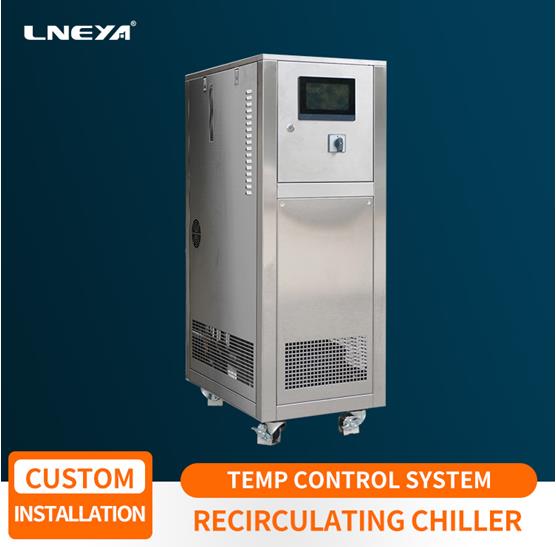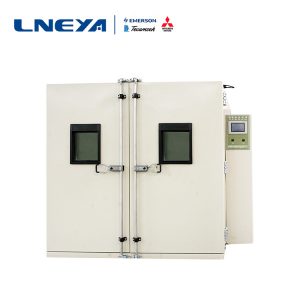What should I pay attention to when adding refrigerant to a water-cooled chiller
In our life, we believe that everyone is
very familiar with refrigeration. In the central air conditioning and
industrial production process cooling industry, small water-cooled chillers is
more common. This unit is composed of a compressor in the fuselage, a
horizontal shell and tube condenser, an evaporator, a thermal expansion valve,
and some related parts. Under the cooperation of these auxiliary parts, the
overall small water cooled chiller is compact in structure, convenient in
operation and control, and is popular among the public in the market.
For refrigeration systems that do not have
a high pressure reservoir and a low pressure vapor-liquid separator, the
control of refrigerant charge is particularly important. Because the
refrigeration system is a condenser and also acts as a high-pressure reservoir,
the refrigerant is stored in the condenser, and the condenser is cooled. The
heat dissipation area is reduced and the condensing pressure is increased,
resulting in a decrease in cooling capacity.
For the control of the refrigerant charge
of such small water-cooled chillers, the following methods are followed during
the filling process:
First, touch the temperature of the
condenser casing.
The upper outlet of the condenser outlet is
heated above the outlet, and the outlet below the outlet is cool. (There is a
description of the high temperature exhaust of the compressor in the inside.
The cooling indicates that the small water-cooled chillers is a liquid space.)
Second, look at the inspiratory pressure.
Corresponding to the temperature of the
refrigerant water in the evaporator. (That is, corresponding to the evaporation
temperature.)
Third, look at the compressor return pipe
temperature.
The high-temperature unit return pipe
should be cooled and dew, but it can be dew condensation to the compressor
return valve; the low-temperature unit return pipe should be frosted, but the
frost can be connected to the compressor return valve. If condensation or frost
builds up on the compressor casing, liquid refrigerant will enter the
crankcase, causing the compressor to run back and cause liquid
problem.
The above is a partial analysis of our
LNEYA technicians for water-cooled chillers. Regarding the specific use of our
water-cooled chillers, you can contact us sales@lneya.com for more detailed
instructions.
Verwandte Empfehlungen
-
Drei häufige Ausfälle von luftgekühlten Schraubenkühlern
21491. Communication Failure: Computer-Controller steuert verschiedene Module durch Telekommunikationsleitungen und insgesamt Interface-Board, so dass die Hauptursache für die Kommunikation Fehler ist schlechter Kontakt oder Bruch der Kommunikationsleitungen, insbesondere die Schnittstelle oxida...
Details anzeigen -
Zweikanal-Kühlgeräte für die Halbleiterindustrie
1560Zweikanal-Kühlgeräte werden in einer Vielzahl von Prozessen in der Halbleiterindustrie eingesetzt. Der Hauptzweck besteht darin, eine präzise Temperaturregelung zu gewährleisten, um sicherzustellen, dass die Geräte im Halbleiterherstellungsprozess funktionsfähig...
Details anzeigen -
LNEYA hot and cold machine SUNDI manual
2039The temperature range of the hot and cold machine ranges from -120 ° C to 350 ° C. It has superior performance and unique performance. It has high precision and intelligent temperature control. The high cooling power is from 0.5 to 1200 kW. High p...
Details anzeigen -
Step-by-step test box brand advantage description
1802The walk-in test box is developed and produced by LNEYA. It is specialized in pharmaceutical production technology and provides customers with various models of brands. Next, we will introduce the next step-in test box. Welcome to refer to and lea...
Details anzeigen
 LNEYA Industriekühler Hersteller Lieferant
LNEYA Industriekühler Hersteller Lieferant













